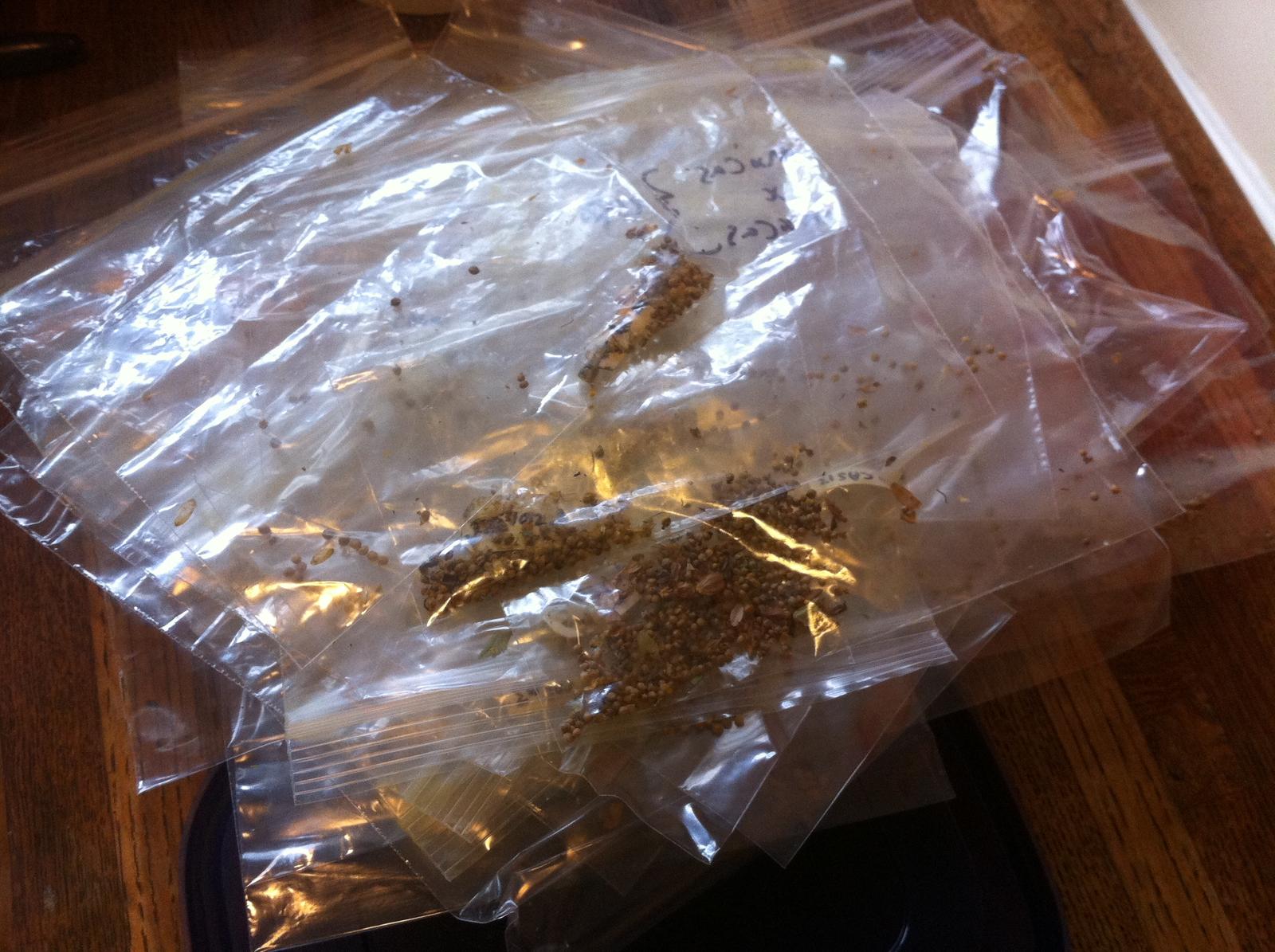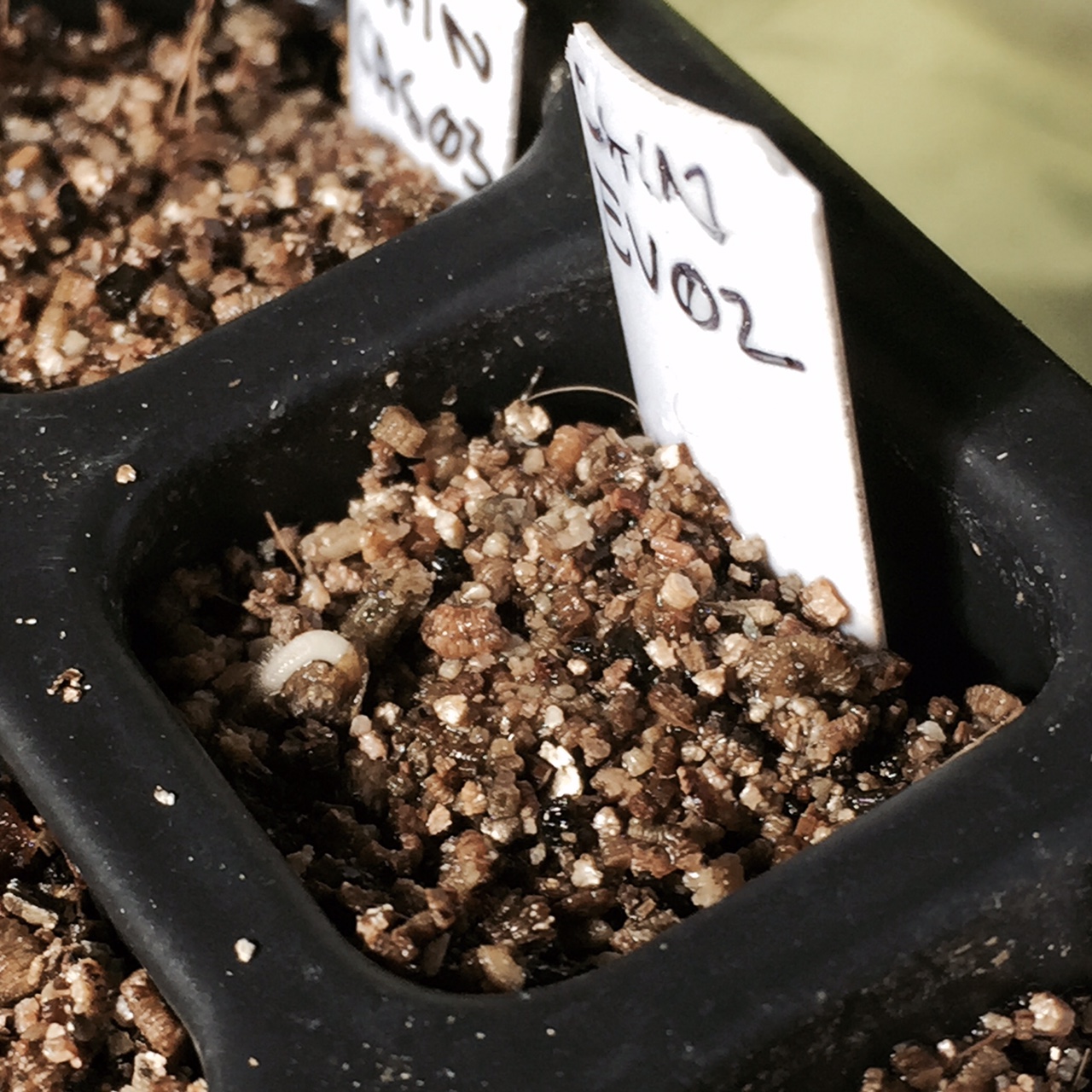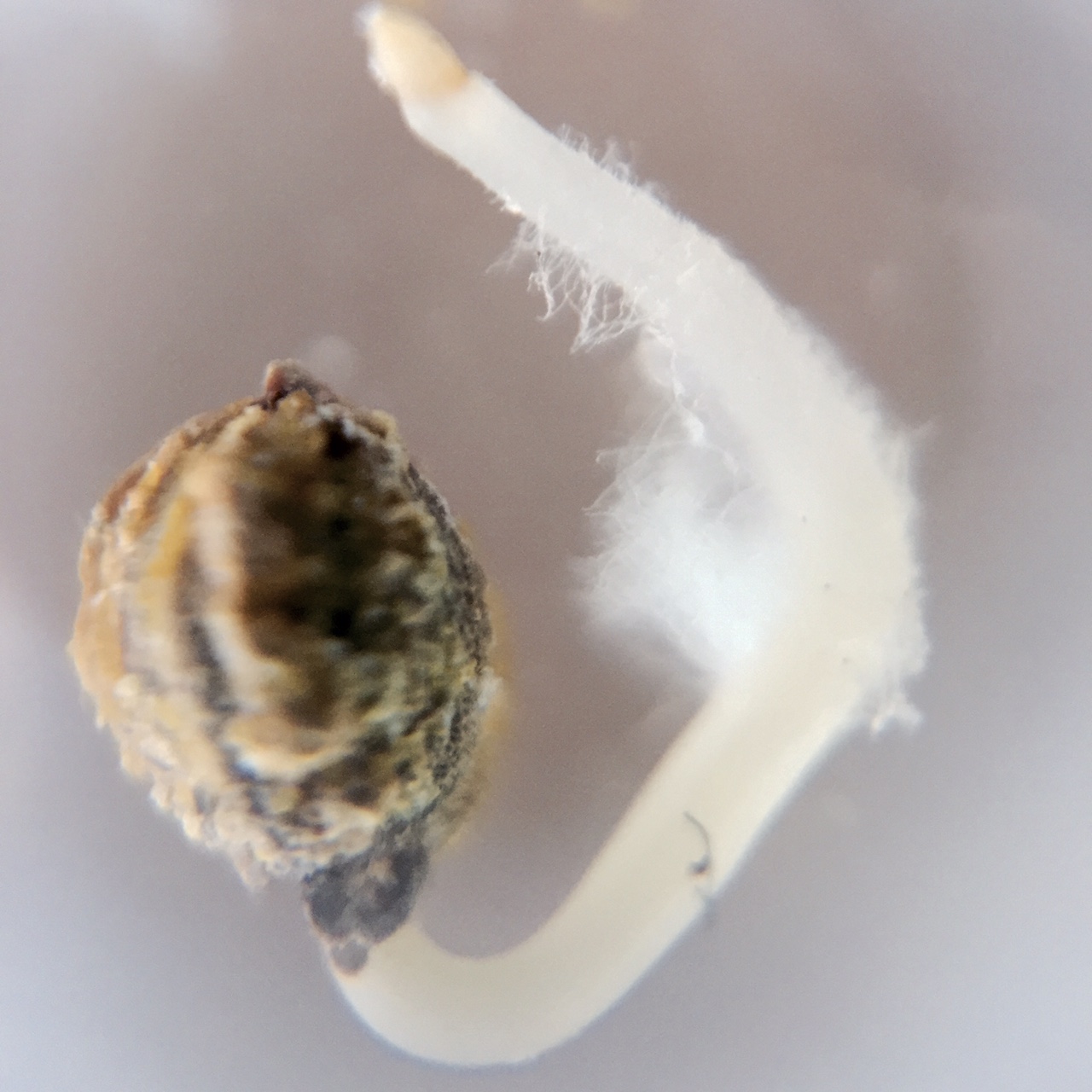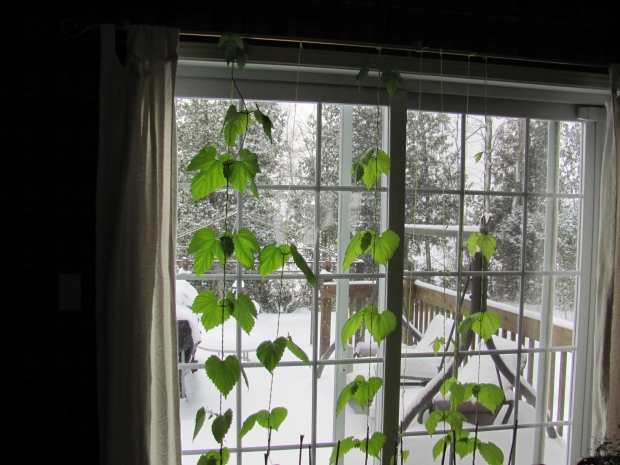B-Hoppy,
Thanks for sharing this. I didn't notice this last year, but wasn't looking for it either.
Just went outside and sure enough, all the seeded cones look quite different from their neighbors.
Here is a section of Galena that I pollinated. Not as clear as your pic, but the bracts are indeed swollen!
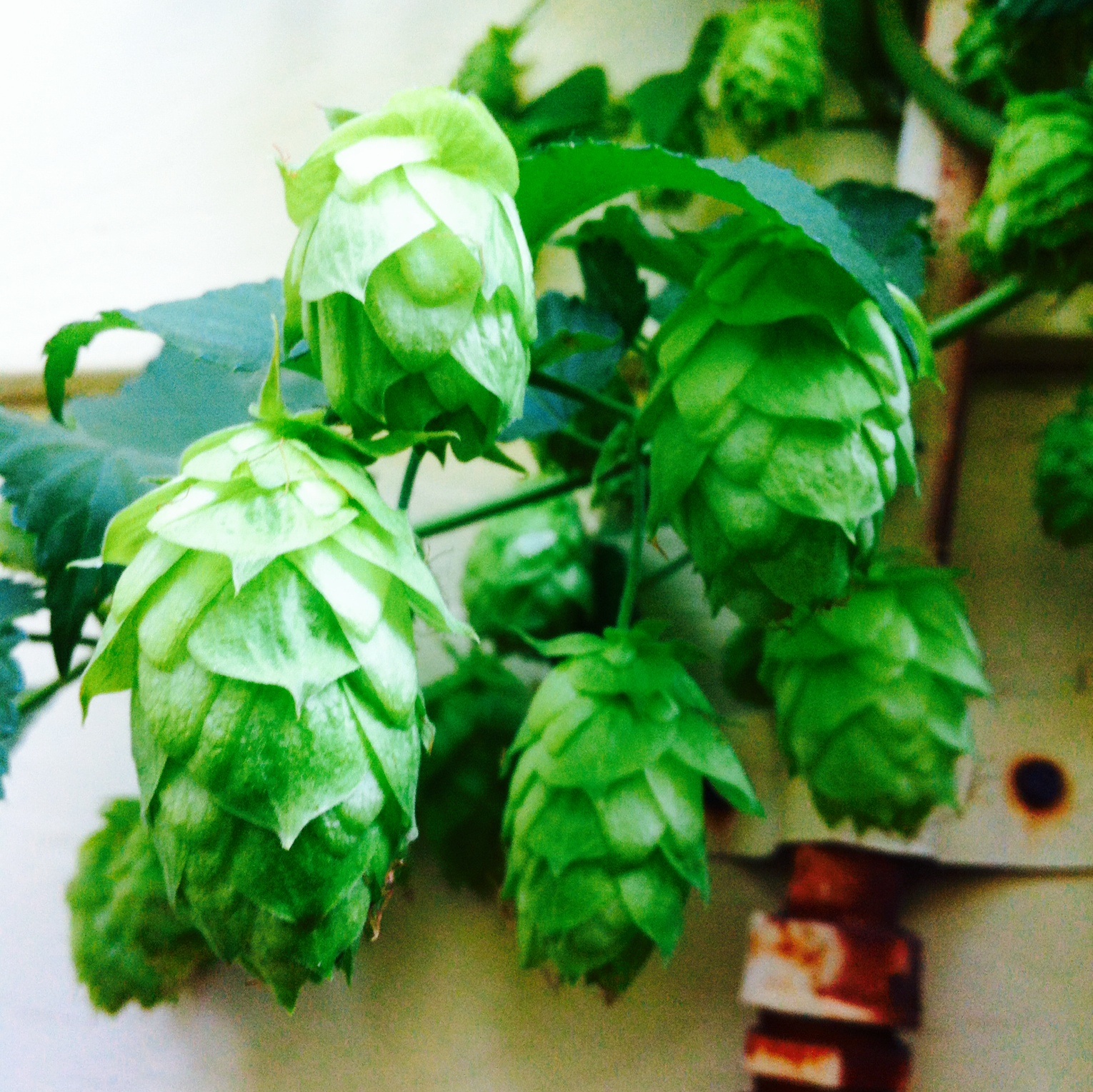
Thanks for sharing this. I didn't notice this last year, but wasn't looking for it either.
Just went outside and sure enough, all the seeded cones look quite different from their neighbors.
Here is a section of Galena that I pollinated. Not as clear as your pic, but the bracts are indeed swollen!





